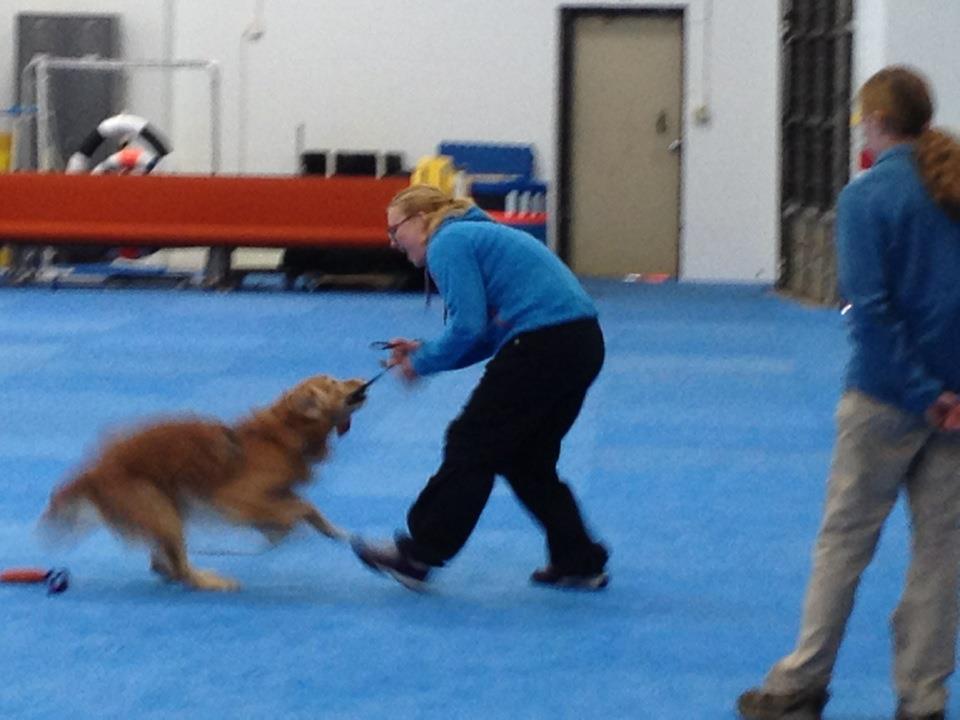
Why use Shaping #2 – Division of Responsibility
I want my dogs to actively take responsibility for keeping focus and trying hard when we’re working together. I never want to have to ask them to work, but rather want them asking me for a new task at all times in training or competition. This is, I think, one of the key elements to success in the competition ring. Even energetic dogs that like to work will get lazy and lose focus if we constantly take responsibility for keeping them with us in the ring. Losing the dogs attention when training, or even worse – competing, is very aversive to most trainers and taking responsibility for the dogs focus (for example by asking for it, talking to the dog with a happy voice, moving in a fun way, commanding or threatening the dog) is negatively reinforced since it often works in the short term. Unfortunately, it only makes the problem worse in the long run.
What does this have to do with shaping? Everything! I believe that shaping is the perfect way of teaching the dog a great division of responsibility. I have great rewards, but the dog has to work to earn them. I will not cheerlead the dog to work, nor use the rewards as a lure to get behavior. I am quietly observing the dog and then rewarding good effort. This can be started as soon as I start training my puppy at 8 weeks, and the puppy will learn one of the most important lessons for success in competitions right away. Shaping teaches the dog to be the active part in training, always focused on working to get that great reward – especially when I am just quietly focused (just like in competition!).






